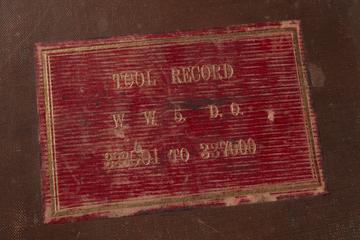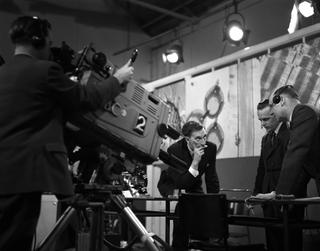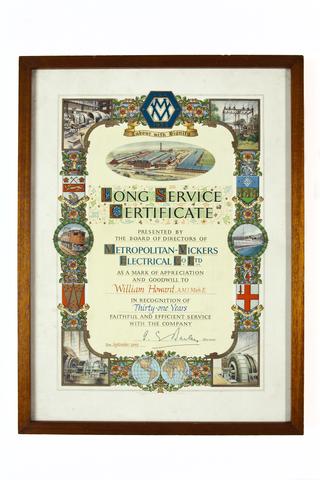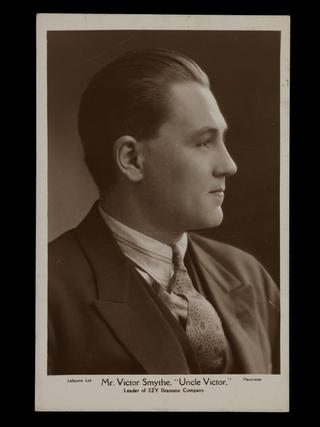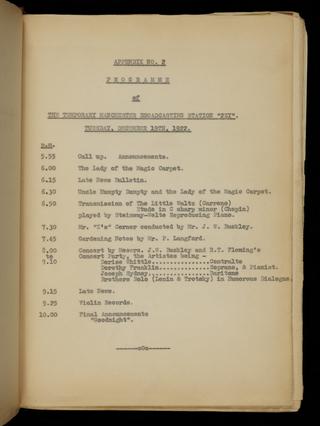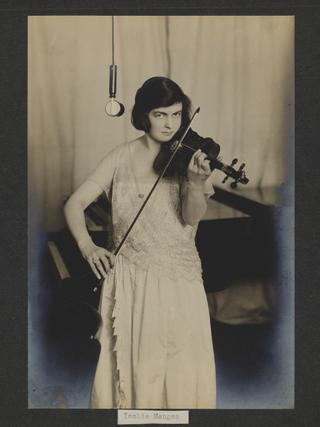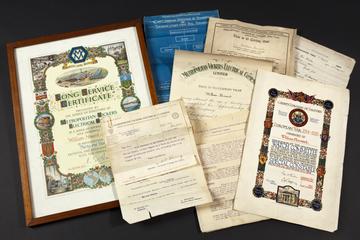
Metropolitan-Vickers Electrical Co Ltd
Metropolitan-Vickers Electrical Co Ltd was the new trading name given to British Westinghouse Electric and Manufacturing Co on 8 September 1919. The predecessor company had sold its controlling share to the Metropolitan Carriage Wagon Co in 1916 in order to gain membership of the Federation of British Industries. In 1919, Vickers acquired the Metropolitan Carriage Wagon Co, along with its controlling share in British Westinghouse, prompting the change in name to Metropolitan-Vickers Electrical Co Ltd.
The American owned British Westinghouse had established its English operations at Trafford Park in 1899, and Metropolitan-Vickers Electrical Co Ltd continued on the same site from 8 September 1919. The company was initially known for its electricity generators, later diversifying into the manufacture of steam turbines, switchgear, transformers, electronics and railway traction equipment.
The passing of the Electricity (Supply) Act in 1926 provided a boost to the company’s post-war fortunes, with the creation of the National Grid generating demand for the company's products.
In 1928, Metropolitan-Vickers Electrical Co Ltd merged with its rival British Thomson Houston Co Ltd, retaining both names for trading purposes. The following year, on 4 January 1929, Associated Electrical Industries Ltd (AEI) acquired Metropolitan-Vickers Electrical Co Ltd and the British Thomson Houston Co Ltd. Again, both trading names were retained, and a fierce rivalry was established between the firms which the parent company was unable to control.
In 1931, Sir Felix Pole joined Metropolitan-Vickers Electrical Co Ltd as its new chairman. He oversaw a period of expansion for the company leading into the Second World War. In 1939, seeking a more concise name for the company, the Board of Directors decided upon Metrovicks, which became interchangeable with the official company name of Metropolitan-Vickers Electrical Co Ltd. Under Sir Felix Pole's chairmanship, Metropolitan-Vickers developed new products for the aviation industry and during the war was one of the sites where Lancaster bombers were built. In 1941, the company developed the first British axial-flow jet engine, the Metrovick F.2.
Following the Second World War, the company appointed Oliver Lyttelton as chairman, with the aim of increasing the efficiency and productivity of AEI. Despite his success in achieving this aim, Lyttelton was unable to resolve the commercial rivalry between Metropolitan-Vickers Electrical Co Ltd and the British Thomson Houston Co Ltd.
During his second period as chairman, from 1954-1963, Lyttelton, now Lord Chandos, oversaw the development by Metropolitan-Vickers Electrical Co Ltd of the first commercial transistor computer, the Metrovick 950. Chandos also resolved to extinguish the competition and internal divisions between Metropolitan-Vickers Electrical Co Ltd and the British Thomson Houston Co Ltd, and both company names ceased to be used from 1 January 1960, with all subsidiaries going on to trade under the name of Associated Electrical Industries Ltd.
